UK PMI Services rose to 50.0 in October, up from 49.5 and beat expectation of 49.6. It’s now back at 50.0 no-change market. However, new business falls for second month running. Expectations pick up slightly but remain subdued. All Sector PMI rose to 49.5, up from 48.8, but stayed below 50.
Chris Williamson, Chief Business Economist at IHS Markit, which compiles the survey:
“The UK PMI surveys collectively indicated a further overall decline in private sector output in October. Contractions have now been recorded in four of the past five months, marking the worst spell since 2009 during the global financial crisis.
“The seasonally adjusted IHS Markit/CIPS ‘all-sector’ Output Index rose from 48.8 in September to 49.5 in October, signalling a weaker rate of contraction, but the volume of new business fell at a pace similar to that seen in September.
“The October reading is historically consistent with GDP declining at a quarterly rate of 0.1%, similar to the pace of contraction in GDP signalled by the surveys in the third quarter. While official data may indicate more robust growth in the third quarter, the PMI warns that some of this could merely reflect a pay-back from a steeper decline than signalled by the surveys in the second quarter, and that the underlying business trend remains one of stagnation at best.”




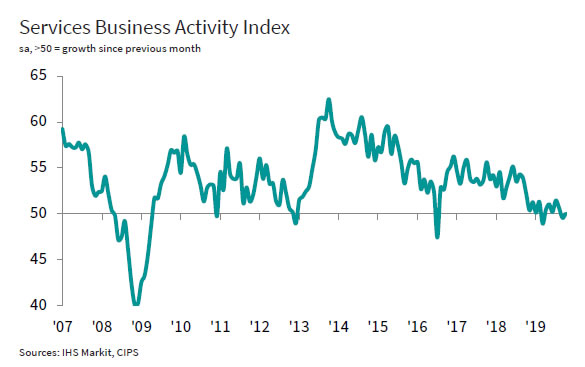
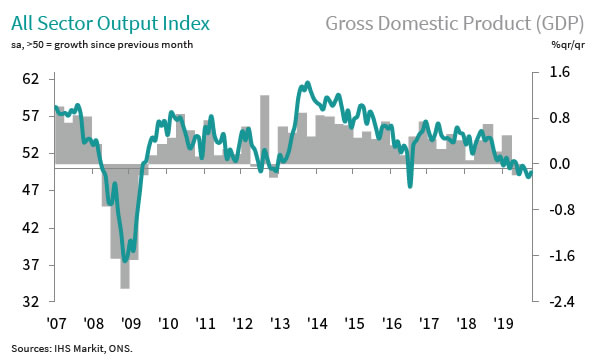
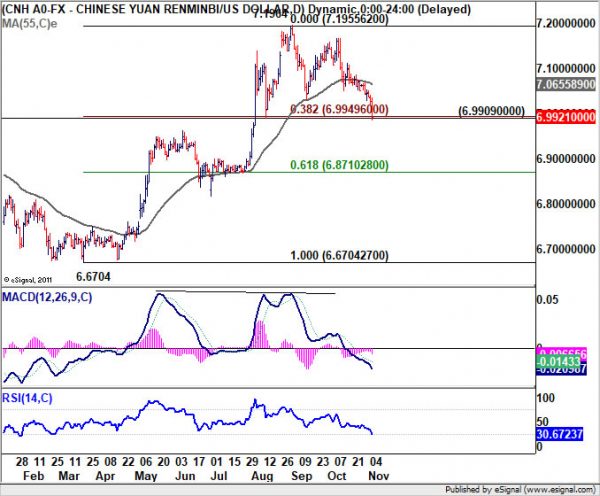
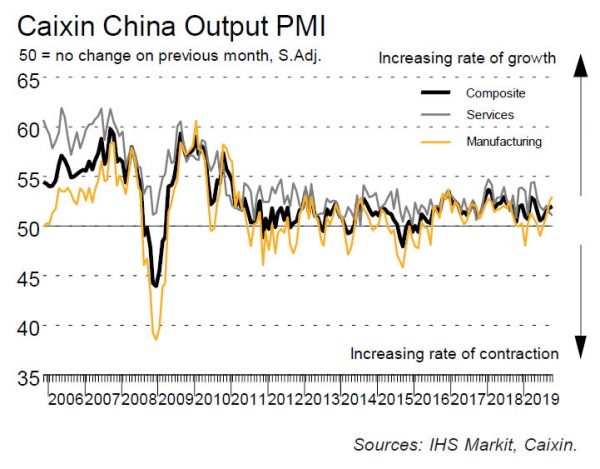
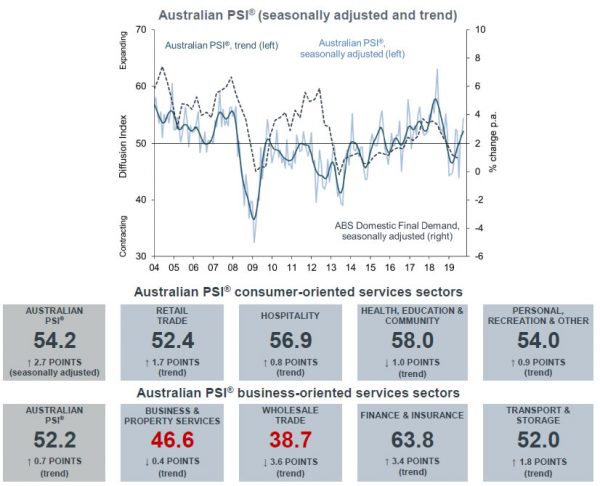
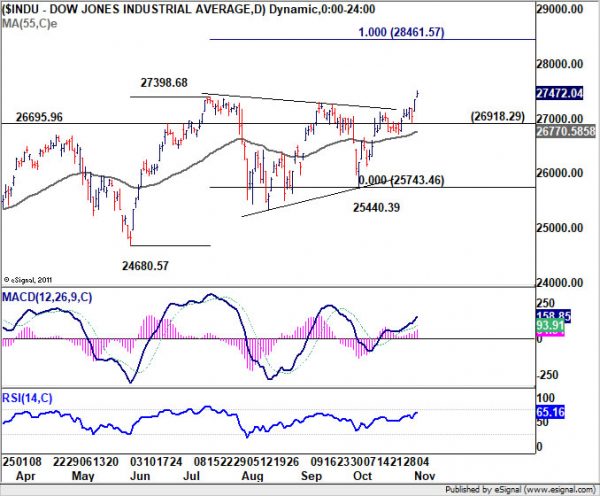
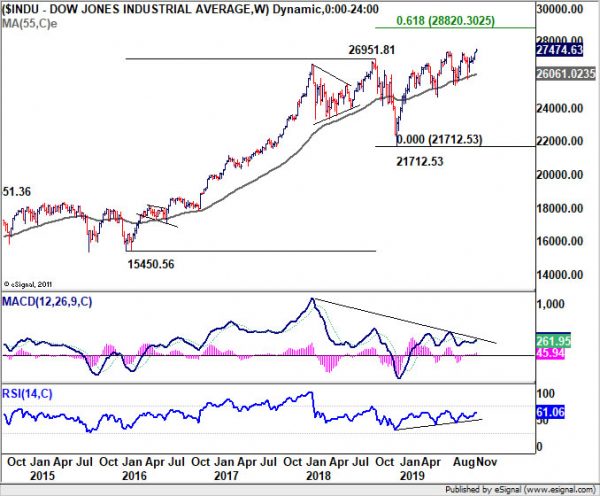
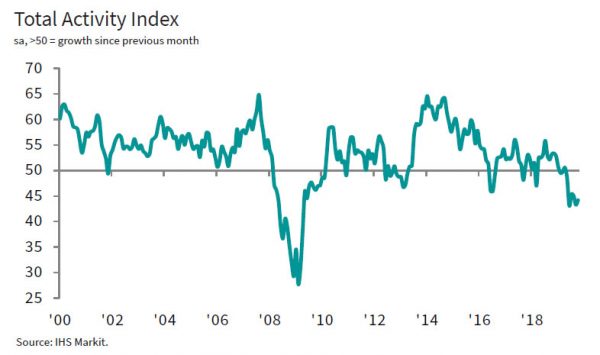
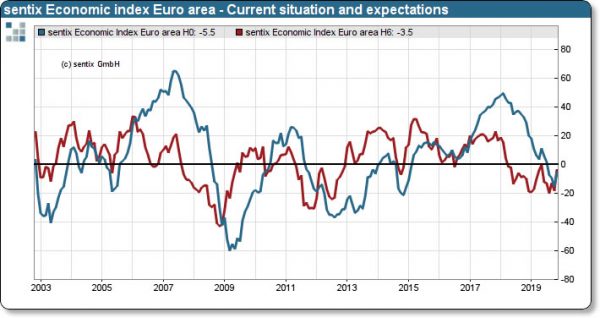
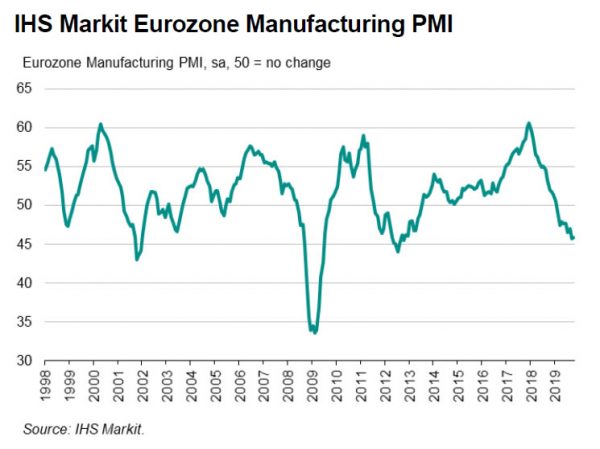
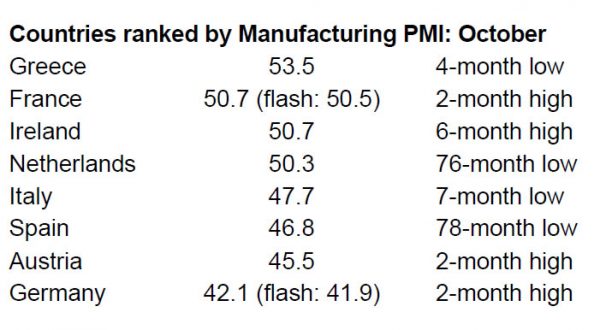
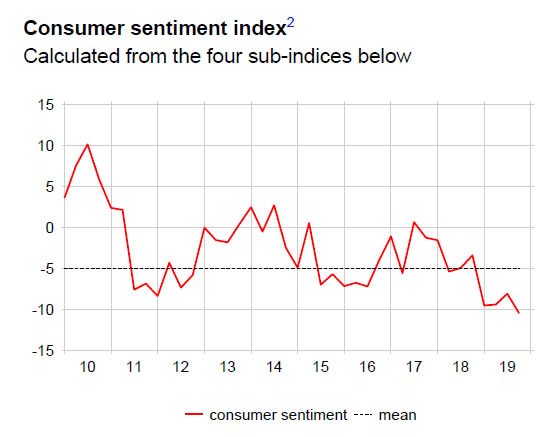
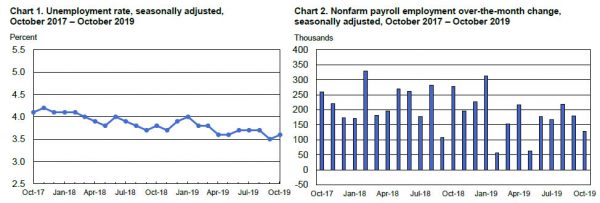
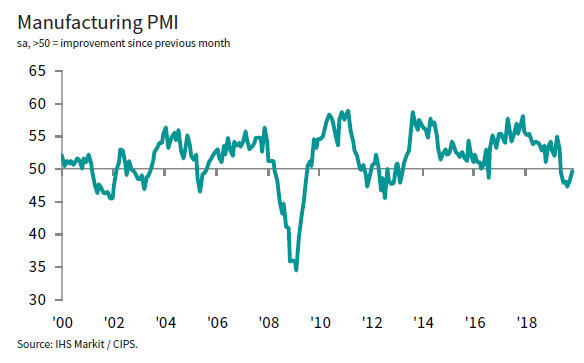
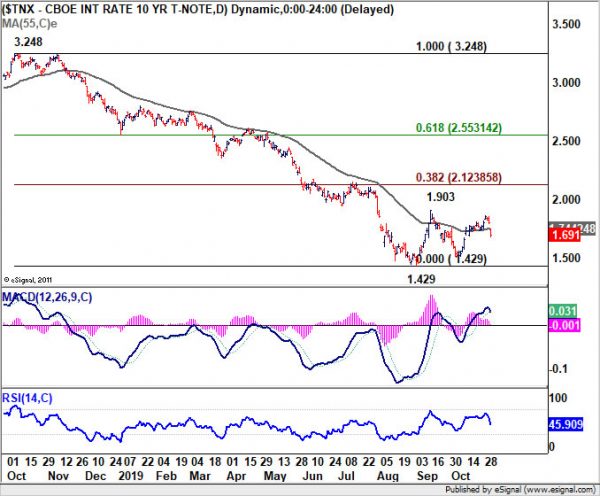
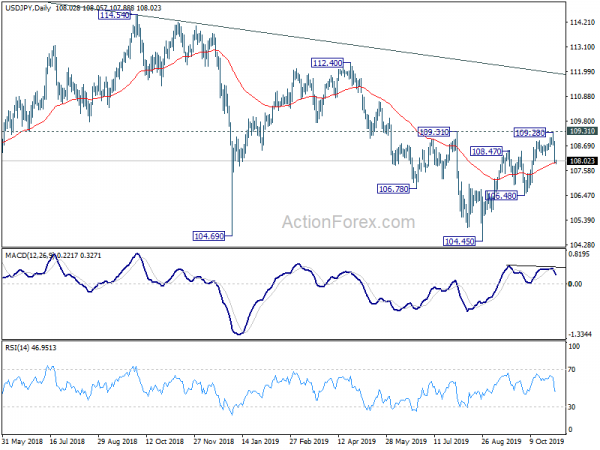

Fed Barkin watching three meaningful conflicts closely
Richmond Fed President Thomas Barkin said in a speech that the economy “looks healthy”, with solid GDP growth, robust consumer spending and a strong labor market. There are headwinds from trade and uncertainty, that might be “lowering business confidence and dampening investment”. They might also ” lessen the effectiveness of traditional fiscal and monetary policy”.
He will be “closely watching the divergence between consumer spending and business investment; the strength of the U.S. economy versus weakness internationally; and the optimism of the stock market compared to the pessimism of the bond market.”
Barkin also spelt out “three meaningful conflicts” they’d watch closely. Firstly, consumer spending is strong but investment is weak. Secondly, the US economy is strong but international economies are weak. Thirdly, bond market is pessimistic but stock markets is still upbeat.
Full speech here.